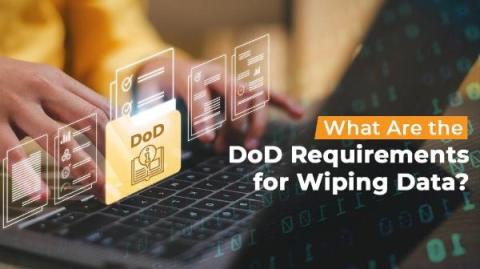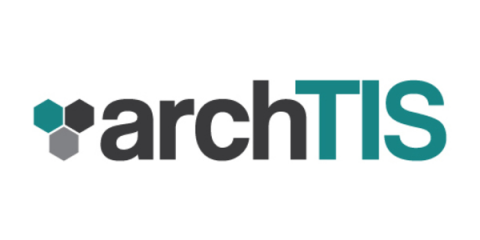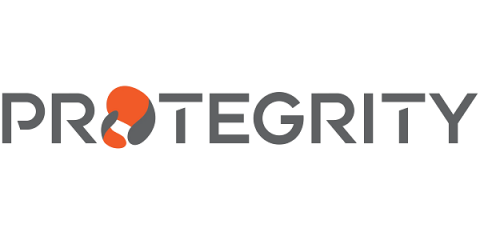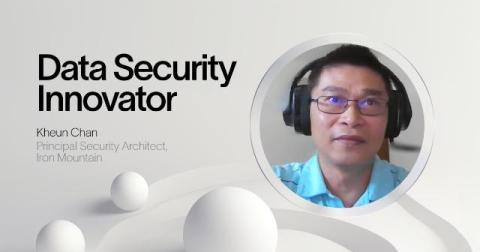FAQ: What Are the DoD Requirements for Wiping Data?
In today’s digital age, destroying data is not as easy as it once was. Before the advent of computers, if you needed to destroy sensitive government information to prevent it from falling into the wrong hands, all you often needed to do was light some papers on fire. With computers, you might think that it’s a simple matter. After all, if you’ve ever accidentally deleted a file or had a hard disk crash, you’ve probably lost data and haven’t been able to recover it.











